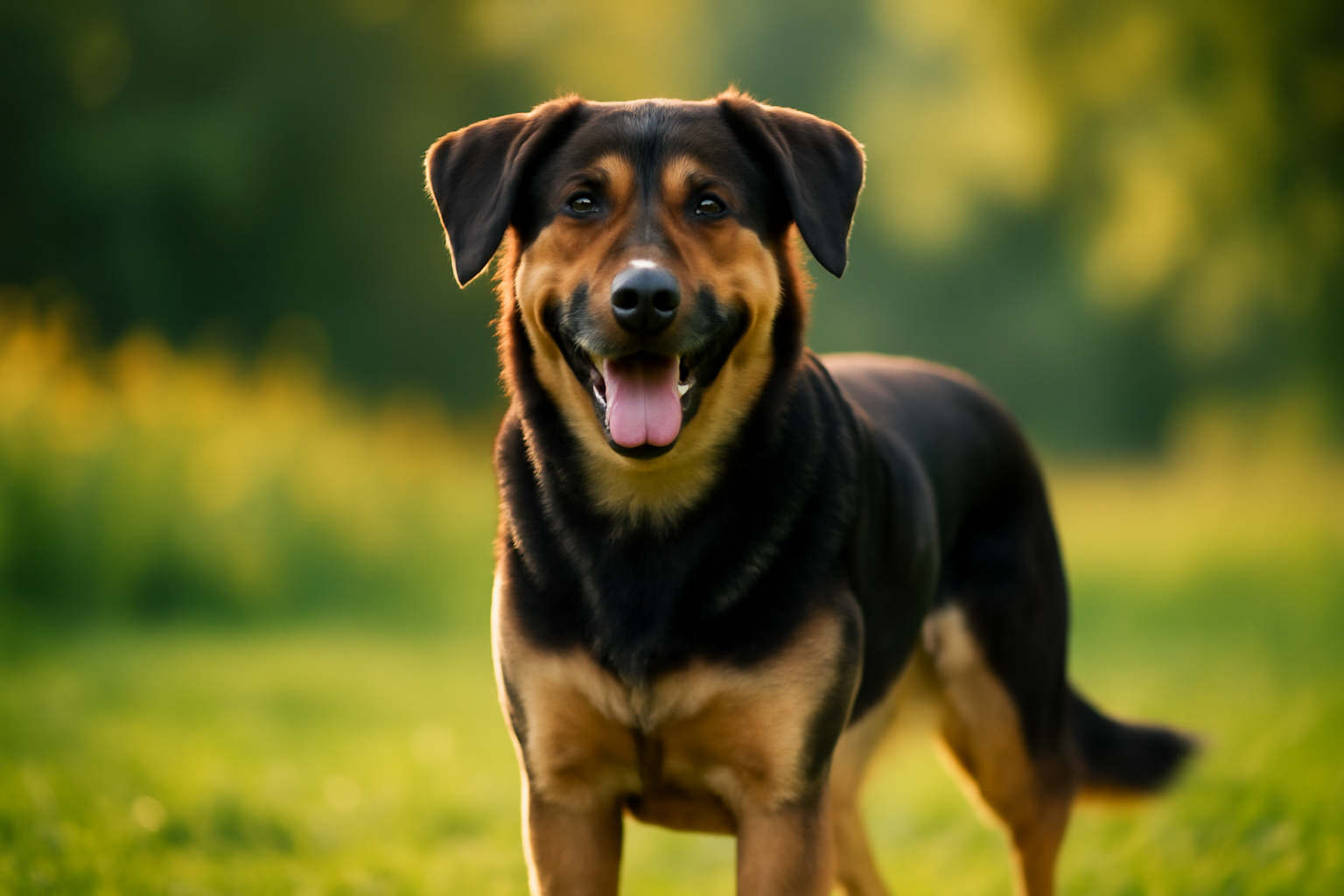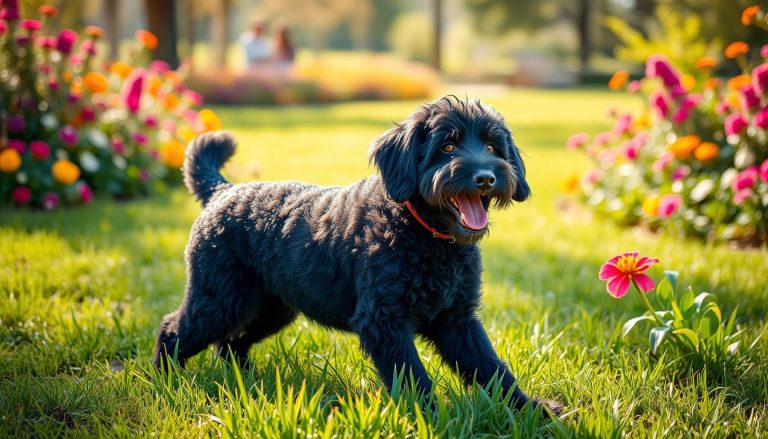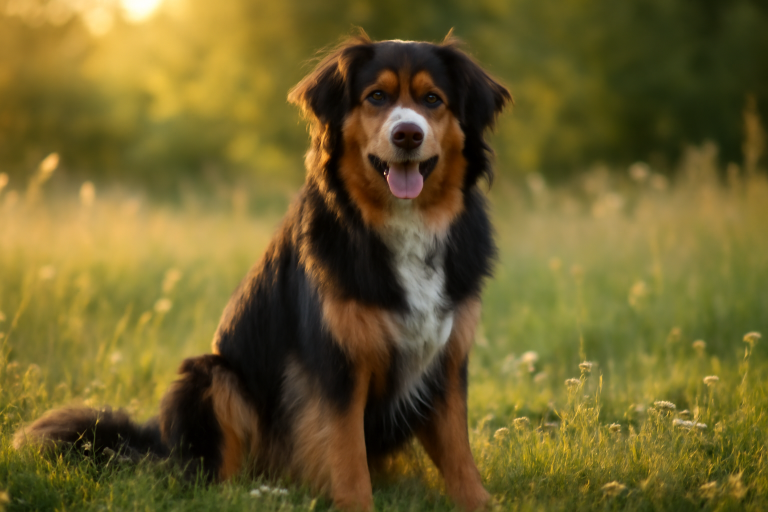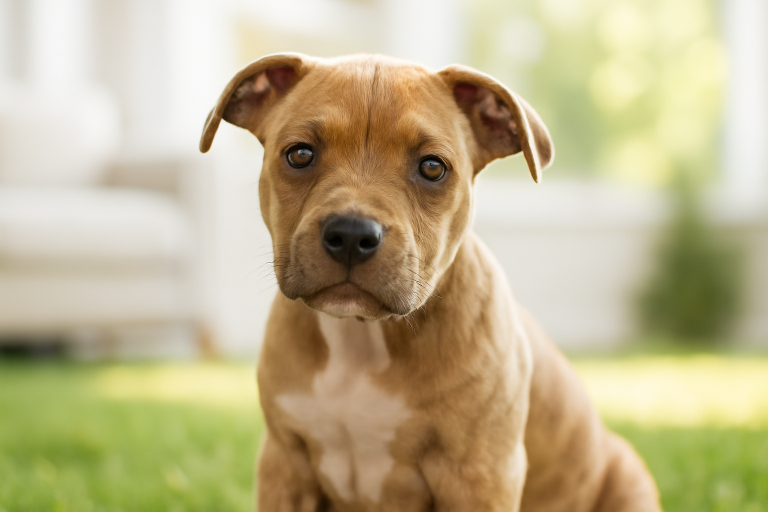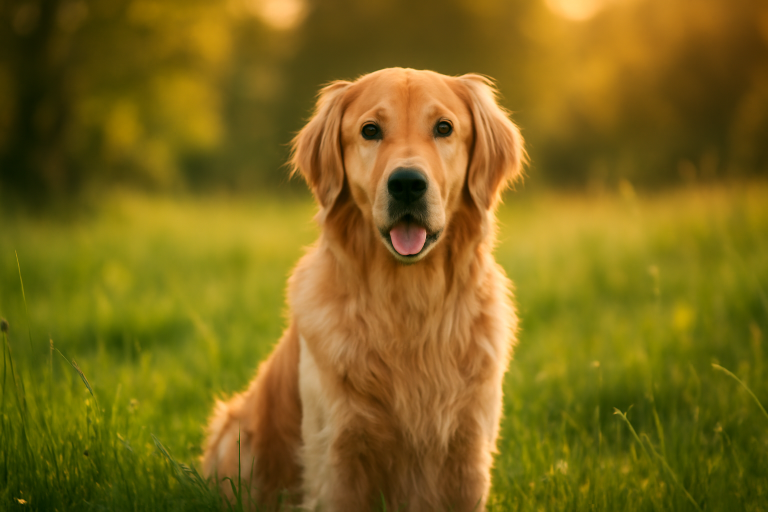German Shepherd Lab Mix: Your Complete Guide to the Sheprador
Meet one of the most popular and beloved designer dogs in the world: the German Shepherd Lab mix. A powerhouse hybrid of the noble German Shepherd and the friendly Labrador Retriever, this dog is known by many names, including the Sheprador and the Lab Shepherd cross.
Combining the sharp intelligence and unwavering loyalty of the Shepherd with the gentle, outgoing nature of the Labrador, the Sheprador has quickly become a favorite for active individuals and families alike. But is this energetic and devoted hybrid the right fit for your home?
You’ve come to the right place. This guide will walk you through everything you need to know—from their temperament and size to their health, training needs, and a gallery of German shepherd mix pictures. By the end, you’ll have a complete picture of what it’s truly like to share your life with a Sheprador.
🐾 Is the Sheprador Your Perfect Match?
Take this quick quiz to see how well this breed fits your lifestyle!
Table of Contents
The Sheprador at a Glance
| Attribute | Details |
| Parent Breeds | German Shepherd, Labrador Retriever |
| Common Nicknames | Sheprador, Lab Shepherd Cross, German Sheprador |
| Group | Hybrid / Designer Dog |
| Temperament | Intelligent, Loyal, Energetic, Eager-to-Please |
| Size | Large |
| Weight | 50-90 pounds (22-40 kg), females are typically smaller |
| Lifespan | 10 to 14 years |
| Coat | Short to medium length, dense double coat |
| Shedding Level | High |
| Average Puppy Cost | $400 - $1,500 (USD) |
What Does a German Shepherd Lab Mix Look Like?
One of the most exciting aspects of a hybrid dog is the beautiful variation in their appearance, and the Sheprador is no exception. While they are generally large, athletic dogs with a muscular build, their exact look can be a delightful mix of their German Shepherd and Labrador Retriever parents.
Their head is often broad like a Lab's, with intelligent, expressive eyes that can range from warm brown to deep amber. A key feature to watch is the ears—they might stand erect like a classic German Shepherd, hang floppy like a Lab, or settle somewhere in between in a charming semi-pricked state.
The coat is almost always a dense, double coat that helps protect them in various weather conditions. Common colors include solid black, black and tan, sable, or even shades of yellow and brown.
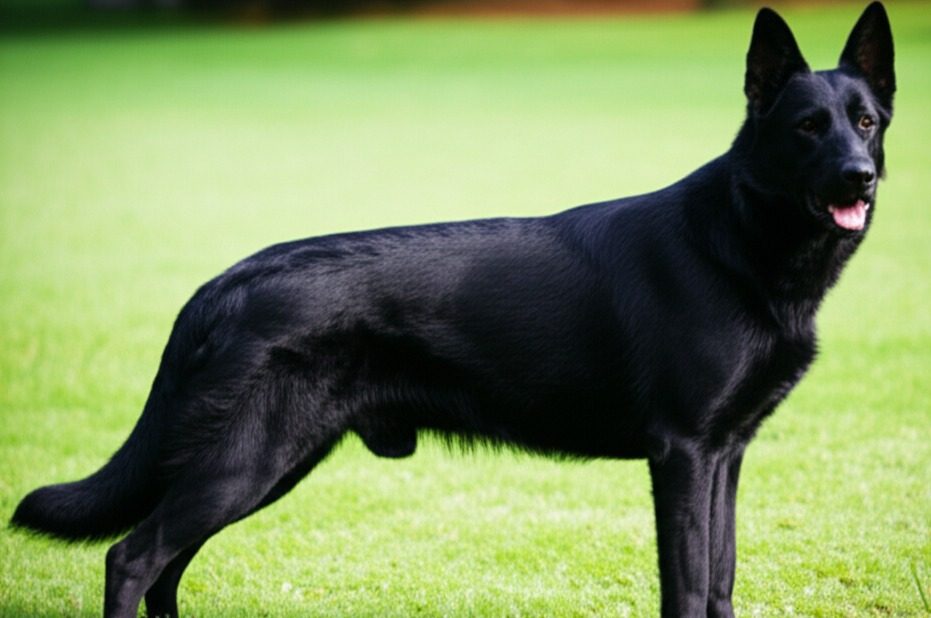
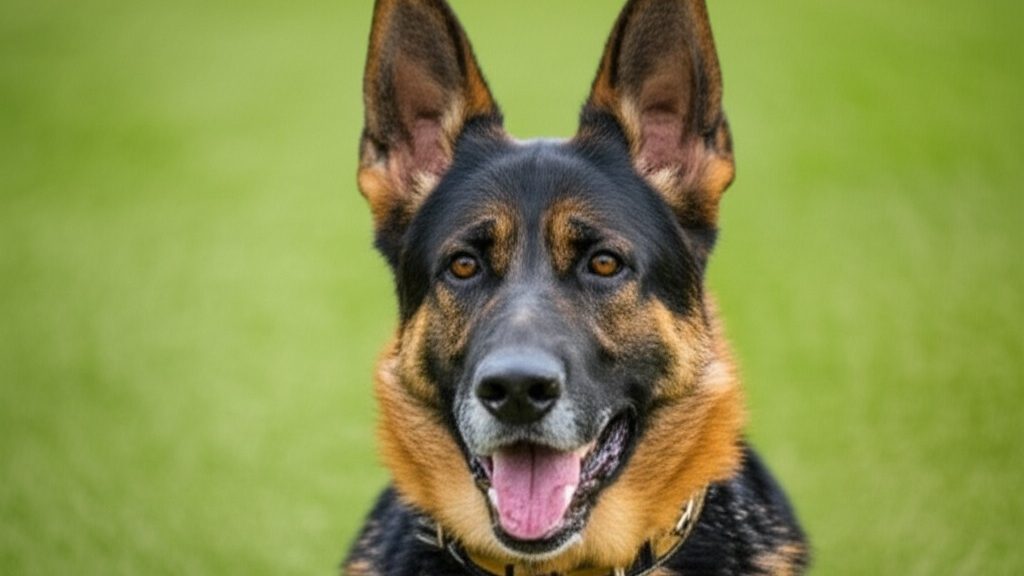
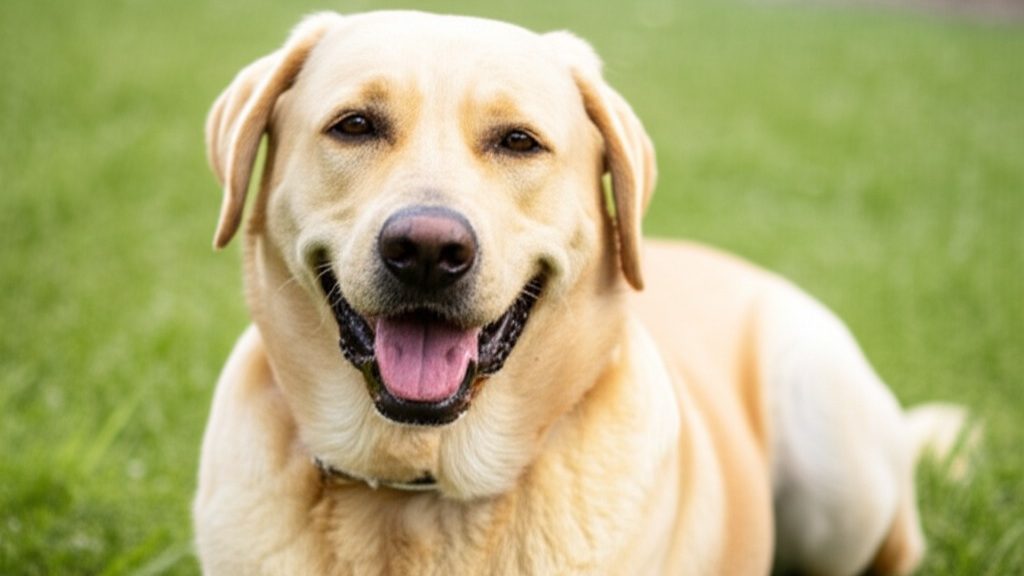

Is the German Shepherd Lab Mix a Good Dog?
Yes, the German Shepherd Lab mix is widely considered an excellent dog, but whether it's the right dog for you depends entirely on your lifestyle. Their temperament is a fascinating blend of their parent breeds, resulting in a companion that is both a loyal protector and a joyful family member.
A Brainy and Trainable Companion
Thanks to their German Shepherd heritage, Shepradors are exceptionally intelligent. This intelligence, combined with the Labrador's classic eagerness-to-please, makes them highly trainable. They thrive on having a "job," whether it's mastering obedience commands, excelling at agility courses, or simply engaging in challenging puzzle toys. This intelligence also means they need consistent mental stimulation to prevent boredom and potential mischief.
The Loyal Family Protector
While they inherit the Labrador's friendly and outgoing nature, they also get a dose of the German Shepherd's protective instincts. A well-socialized Sheprador is typically gentle and loving with its family, including children. They form strong bonds and can be watchful guardians of the home, often alerting their owners to strangers without being overly aggressive. Early socialization is key to ensuring their protective nature remains a positive trait.
High Energy and a Love for Play
This is not a couch potato dog. The Sheprador is a bundle of energy that needs regular, vigorous exercise to stay happy and healthy. Long walks, games of fetch, hiking, and swimming are all fantastic activities for this athletic hybrid. A bored Sheprador with pent-up energy is one that may resort to unwanted behaviors like chewing or excessive barking. Plan on dedicating at least 60-90 minutes of exercise per day for your adult dog.
Size and Lifespan: How Big Do Shepradors Get?
When you cross a German Shepherd with a Labrador Retriever, you can expect a large and sturdy dog. While the exact size can vary depending on the parents, a full-grown German Shepherd Lab mix will typically stand between 20 to 26 inches (50-66 cm) tall at the shoulder.
Their weight usually falls within the 50 to 90-pound (22-40 kg) range. As with many large breeds, males tend to be on the larger and heavier end of that spectrum, while females are often slightly smaller and lighter.
As for their life expectancy, a healthy German Shepherd Lab mix generally lives for 10 to 14 years. Providing them with high-quality nutrition, regular exercise, and consistent veterinary care is the best way to ensure they live a long, happy, and healthy life by your side.
Training & Exercise: Keeping Your Smart Dog Happy
The key to a well-behaved Sheprador lies in understanding and meeting its fundamental needs for both physical exercise and mental challenges. This is an intelligent, high-energy hybrid that thrives when it has a job to do.
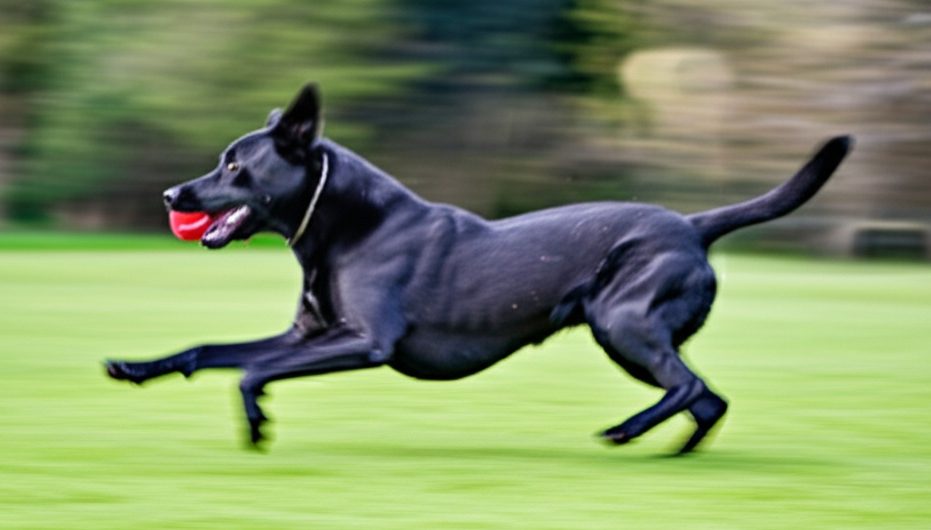
Exercise Requirements
Plan on providing at least 60 to 90 minutes of dedicated exercise every day. This is more than just a casual walk around the block. A happy Sheprador is a tired Sheprador, so their routine should include vigorous activities like:
- Running or Jogging: An excellent way to burn off excess energy.
- Hiking: They make fantastic trail companions.
- Swimming: Most Shepradors inherit the Labrador's love for water.
- Games of Fetch: A classic for a reason, this engages them both physically and mentally.
Without enough exercise, they can easily become bored and may develop destructive habits such as chewing on furniture or digging in the yard.
Training Your Intelligent Pup
Thanks to their sharp minds and desire to please, training a German Shepherd Lab mix can be an incredibly rewarding experience. Start early and focus on positive reinforcement techniques, using treats, praise, and toys to motivate them. Start early and focus on positive reinforcement techniques, using treats, praise, and toys to motivate them, always ensuring any food rewards are safe for your dog.
- Early Socialization: From a young age, expose your puppy to various people, places, sounds, and other dogs in a positive and controlled manner. This is crucial for tempering the German Shepherd's protective instincts and ensuring they grow into a confident, well-adjusted adult.
- Obedience Training: Basic commands like sit, stay, come, and heel are essential. Their intelligence means they pick these up quickly and are capable of moving on to more advanced tricks and disciplines like agility or scent work.
- Consistency is Key: Everyone in the household should be on the same page with rules and commands. Their intelligence also means they can be quick to find loopholes if training is inconsistent.
Health of a German Shepherd Lab Mix: Common Problems
While mixed-breed dogs can benefit from "hybrid vigor," which may lower their risk of certain genetic diseases, they can still inherit health conditions common to their parent breeds. For the Sheprador, this means being aware of issues prevalent in both German Shepherds and Labrador Retrievers.
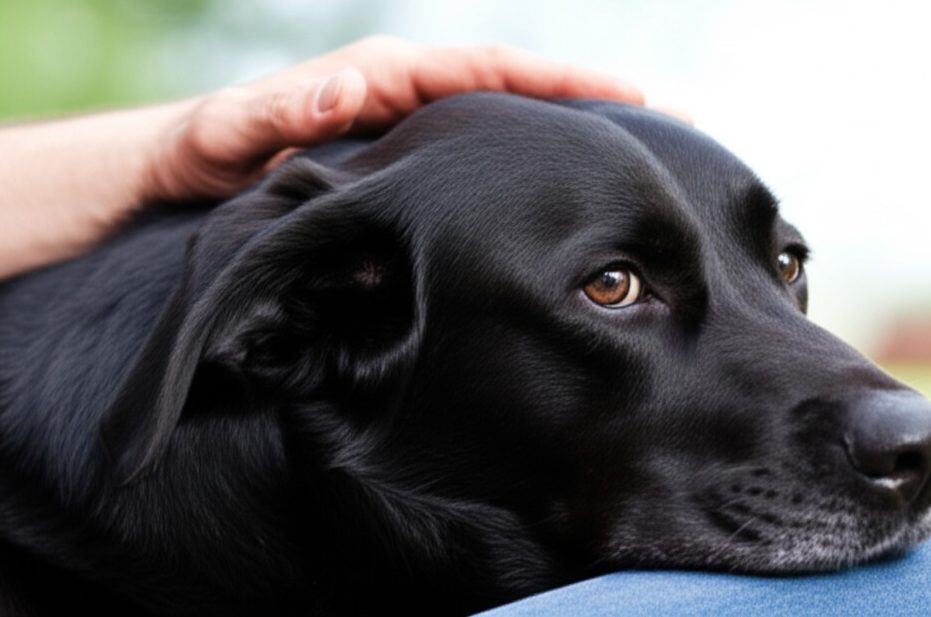
Responsible ownership involves understanding these potential risks and focusing on preventative care. The most common health concerns to be aware of include:
- Hip and Elbow Dysplasia: This is arguably the most common issue affecting both parent breeds. It's a malformation of the hip or elbow joint that can lead to arthritis and lameness. Reputable breeders will screen their breeding dogs for this condition.
- Bloat (Gastric Dilatation-Volvulus): A serious and life-threatening condition common in deep-chested dogs like the German Shepherd. The stomach twists, trapping gas and cutting off blood flow. Owners should learn the symptoms and can help prevent it by using slow-feeder bowls and avoiding vigorous exercise right after meals.
- Ear Infections: If your Sheprador inherits the Labrador's floppy ears, they may be more prone to ear infections. Regular cleaning and keeping the ears dry, especially after swimming, is essential.
- Allergies: Both breeds can be susceptible to skin and food allergies, which can cause itching, irritation, and discomfort.
The best way to ensure a healthy life for your dog is through proactive care. This includes choosing a puppy from a reputable breeder who performs health testing, maintaining a healthy weight to reduce stress on joints, and scheduling regular check-ups with your veterinarian for early detection and treatment of any potential issues.
Grooming: Do German Shepherd Lab Mixes Shed a Lot?
To put it simply: yes, German Shepherd Lab mixes shed a lot. They inherit the dense, double coat from both of their parent breeds, which are notorious shedders. This coat consists of a thick, woolly undercoat for insulation and a top layer of coarser guard hairs to protect against the elements.
You can expect a moderate amount of shedding year-round, with two major "blowouts" per year, typically in the spring and fall. During these periods, they will shed their undercoat heavily, and you will find fur everywhere if you don't stay on top of it.
Here are the key grooming tasks to keep your Sheprador's coat healthy and your home a little cleaner:
- Brushing: This is the most important task. Plan on brushing them at least 2-3 times per week with a de-shedding tool or an undercoat rake. During heavy shedding seasons, you will likely need to do this daily to remove the loose fur and prevent matting.
- Bathing: Shepradors don't need frequent baths, as this can strip their coat of natural, protective oils. A bath every 2-3 months is usually sufficient, or whenever they get particularly dirty.
- Nail Trimming: Trim their nails regularly, about once a month, or when you can hear them clicking on the floor. Long nails can be uncomfortable and cause foot problems.
- Ear Cleaning: As mentioned in the health section, check and clean their ears weekly, especially if they have floppy Lab-like ears, to prevent infections.
While their shedding can be a challenge, a consistent grooming routine will make it much more manageable.
Sheprador vs. Other German Shepherd Mixes
The German Shepherd Lab mix is a fantastic hybrid, but it's just one of many popular GSD crosses. If you're weighing your options, it's helpful to see how the Sheprador's personality and needs stack up against other common mixes.
Sheprador vs. German Shepherd Golden Retriever Mix (Golden Shepherd)
This is a comparison between two of the most family-friendly hybrids available. Both mixes are intelligent, loyal, and generally good-natured. The main difference often comes down to a subtle shift in temperament.
- The Sheprador: Tends to be slightly more watchful and reserved around strangers, inheriting more of the German Shepherd's guardian instinct. Their energy can be more intense and work-focused.
- The Golden Shepherd: Often inherits the Golden Retriever's famously gentle and universally friendly disposition. They may be a bit more easy-going and less of a natural "watchdog" than the Sheprador.
Choose the Sheprador if: You want a slightly more protective family dog with boundless energy for high-intensity activities.
Choose the Golden Shepherd if: A slightly softer, more universally social temperament is your top priority.
Sheprador vs. German Shepherd Husky Mix (Gerberian Shepsky)
This comparison involves two very high-energy, intelligent dogs, but with vastly different training needs and personalities.
- The Sheprador: Gets its intelligence paired with the Labrador's strong desire to please. This makes them highly trainable and focused on their owner.
- The Gerberian Shepsky: Combines GSD intelligence with the Siberian Husky's independent and often stubborn nature. They are known for being incredible escape artists and require a very experienced owner who understands their mischievous and free-thinking spirit. Their prey drive can also be significantly higher.
Choose the Sheprador if: You want an intelligent dog that is eager to work with you and excels at traditional obedience.
Choose the Gerberian Shepsky if: You are a highly experienced dog owner looking for a major challenge and a companion for serious endurance activities like long-distance running.
Finding a German Shepherd Lab Mix Puppy
Once you've decided the Sheprador is the right dog for you, the exciting search for your new companion begins. Finding a healthy, well-socialized puppy is the most important first step you can take. You generally have two paths: working with a breeder or adopting from a rescue.

Finding a Reputable Breeder
Since the Sheprador is a mixed breed, there are no official kennel club registries. This makes it even more important to do your homework to avoid irresponsible "backyard breeders" or puppy mills. A reputable breeder will:
- Provide Health Clearances: They should happily show you proof that the parent dogs have been screened for hip and elbow dysplasia and other common genetic conditions.
- Let You Meet the Parents: They will want you to meet at least the mother dog to see her temperament and condition.
- Raise Puppies in a Clean Home Environment: Puppies should be well-socialized, clean, and healthy, not kept in outdoor cages.
- Ask You Questions: A good breeder cares where their puppies go. They will interview you to ensure you can provide a suitable home.
Be prepared for the cost. A puppy from a responsible breeder typically costs between $400 and $1,500. This price reflects the breeder's investment in health testing, high-quality food, and proper veterinary care for the parents and the litter.
Adopting from a Rescue
Don't overlook local animal shelters and breed-specific rescue groups. German Shepherd mixes are very common in shelters and are waiting for a loving home. Adopting has many benefits:
- You are giving a deserving dog a second chance at a happy life.
- The adoption fee is significantly lower than a breeder's price.
- The dog's personality may already be known, and they might even have some basic training.
You can search for available dogs on websites like Petfinder or by contacting local rescues dedicated to German Shepherds or Labrador Retrievers, as they often take in mixes as well.
Conclusion: Is the Sheprador the Right Dog for You?
The German Shepherd Lab mix is a remarkable dog that embodies the best of two legendary breeds. With their sharp intelligence, unwavering loyalty, and boundless energy, a Sheprador can bring immense joy and companionship to the right home.
They are more than just a pet; they are a partner for an active lifestyle. They thrive in a home where they have room to run, a job to do, and a family that is committed to consistent training and daily exercise. If you are prepared to meet their needs for both mental and physical stimulation, you will be rewarded with a devoted and loving friend for life.
If you're looking for a low-energy lap dog, this is not the mix for you. But if you are seeking an intelligent, trainable, and deeply loyal companion to join you on life's adventures, the German Shepherd Lab mix might just be your perfect match.

